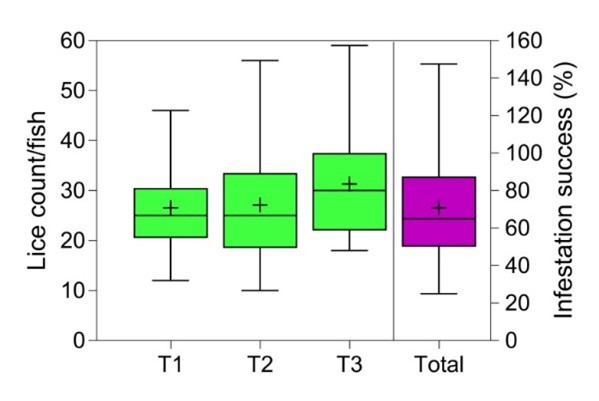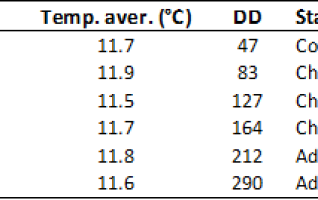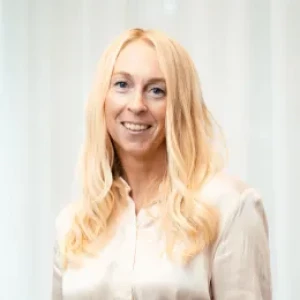Introduction
VESO Aqualab has broad experience in design and conduct of experimental sea lice trials. Sea lice larvae and motile development stages are cultivated at VESO Aqualab in Chile. They are typically produced from egg strings that have been obtained from own produced fish. Larvae are hatched in specifically designed units.
Challenge models
Sea lice challenge trials can be conducted to evaluate the efficacy of new generation anti-�parasitical drugs, vaccination, feeding or selective breeding for resistance against sea lice attachment. Challenge is typically performed using copepodids.
Effect of in vivo treatment
VESO Aqualab has established several challenge models for testing and screening of chemotherapeutants. Effect of different treatments can be evaluated with sea lice in all developmental stages (copepodite, chalimus and adult stages) attached to seawater adapted post-smolts.
Bioassay – in vitro
Bioassays are designed to measure the sensitivity of a sea lice population to a specific chemotherapeutant. Bioassays may be performed on planktonic larval stages or motile (adult) developmental stages. The sensitivity to test compounds will show a degree of variation depending on e.g., developmental stage and gender. Bioassays must therefore be individually designed according to each test substance.
Tank repeatability, infestation success and sea lice stages.






